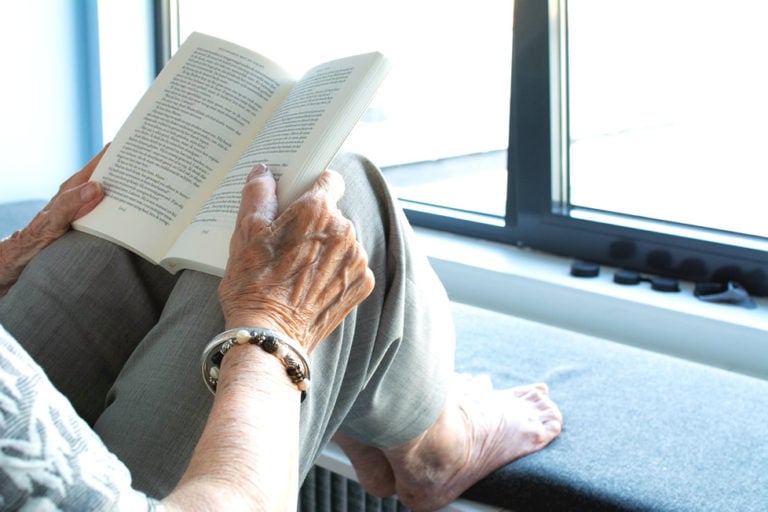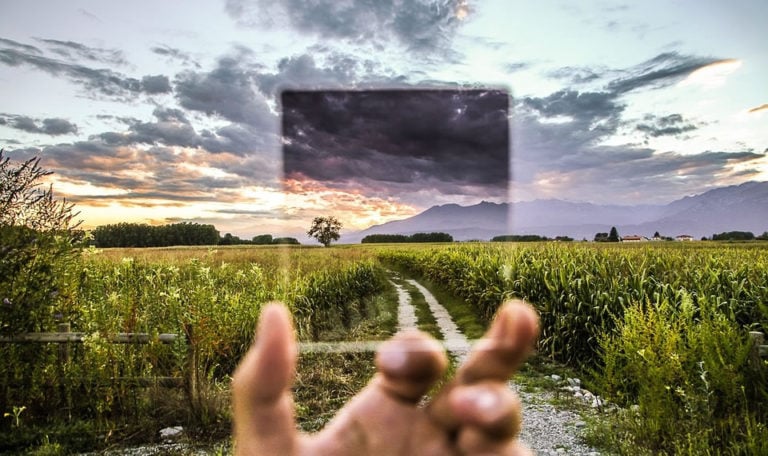The shift to remote work has transformed the modern workplace, offering flexibility and eliminating long commutes. However, with this change comes a significant, often-overlooked downside—digital eye strain. While working from home has undeniable benefits, Australian Smart Vision behavioural optometrists Gary Rodney and Jacquie Gattegno warn that extended screen time and reduced outdoor exposure can have serious consequences for eye health.
The Toll of Digital Eye Strain
Digital eye strain, also known as computer vision syndrome, occurs when prolonged screen use places excessive strain on the eyes. According to Rodney, a Master of Optometry and Fellow of the International Academy of Orthokeratology and Myopia Control (FIAOMC), many remote workers experience symptoms such as:
- Blurred or double vision
- Dry, itchy, or burning eyes
- Increased sensitivity to light
- Difficulty focusing on distant objects
- Headaches and fatigue
“These symptoms may seem temporary, but over time, they can contribute to more serious and lasting visual impairments,” says Rodney.
Gattegno, Master in Behavioural Optometry, Orthokeratologist and Principal Optometrist at Eyes InDesign Smart Vision Optometry Bondi, adds that digital eye strain doesn’t just impact vision—it also affects productivity and overall well-being. “Eye fatigue can lead to reduced concentration, discomfort, and even migraines, making it harder to stay focused and efficient throughout the workday.”
Screen Time and the Myopia Epidemic
One of the most concerning consequences of excessive screen use is its link to myopia (short-sightedness). Myopia causes distant objects to appear blurry, and research suggests that prolonged near-work activities, such as reading or staring at screens, contribute to its development and progression.
Rodney explains that extended screen time forces the eyes to focus at a fixed, close distance for long periods, reinforcing myopic tendencies. “When we spend hours staring at a screen, our eyes adapt to that distance, making it harder to shift focus to farther objects. This can accelerate myopia progression, especially in younger individuals.”
The Impact of the Indoor Lifestyle
Before remote work became widespread, those who spent long hours on screens were often advised to take regular breaks and spend time outdoors to give their eyes a chance to relax. However, during COVID-19 lockdowns, many new remote workers were confined indoors with little opportunity for outdoor exposure.
“Many people working from home during the pandemic were under significant stress—worried about their health, job security, and financial stability,” says Rodney. “Eye care was likely the last thing on their minds.”
Scientific studies have linked reduced outdoor exposure to an increased risk of myopia. Natural light and varied focal distances (such as looking at trees, buildings, or the horizon) help maintain healthy vision. But the shift to home-based work has left many trapped at their desks, reinforcing poor visual habits.
Preventing Digital Eye Strain and Myopia Progression
While remote work is here to stay, there are ways to protect your eyes and reduce the impact of prolonged screen exposure:
1. Follow the 20-20-20 Rule
Every 20 minutes, take a 20-second break and look at something 20 feet (about 6 metres) away. This simple habit helps relax the eye muscles and reduce strain.
2. Prioritise Outdoor Time
Spending at least 90 minutes outside each day has been shown to reduce the risk of myopia development in children and support eye health in adults. Natural light also helps regulate sleep patterns, improving overall well-being.
3. Adjust Your Screen Setup
Ensure your screen is positioned at eye level, about an arm’s length away. Reduce glare by adjusting brightness and contrast settings or using an anti-glare screen protector.
4. Blink More Often
Staring at a screen reduces blink rates, leading to dry eyes. Make a conscious effort to blink more frequently, or use lubricating eye drops if needed.
5. Limit Blue Light Exposure
Blue light from screens can contribute to digital eye strain and disrupt sleep. Use blue light filters on devices, wear blue light-blocking glasses, or enable night mode settings to reduce exposure.
6. Schedule Regular Eye Exams
A Smart Vision Optometry Comprehensive Vision Skills Assessment can detect early signs of digital eye strain and myopia, allowing for personalised wellness treatment plans such as vision therapy or orthokeratology (Ortho-K). Learn more about Ortho-K.
Taking Control of Your Eye Health
With remote work becoming the norm, it’s crucial to adopt healthy visual habits to protect long-term eye health. Rodney and Gattegno urge remote workers to be proactive in preventing digital eye strain.
“Your vision is one of your most valuable assets. Making small adjustments now can prevent serious problems in the future,” says Gattegno.
For more information on digital eye strain, visit Smart Vision Optometry’s website. To learn about myopia prevention and treatment, visit Myopia Prevention or explore Orthokeratology in Sydney.
Book an appointment for a Comprehensive Vision Skills Assessment, or call the Bondi clinic on (02) 9365 5047 or the Mosman clinic on (02) 9969 1600.Experience the difference a holistic approach to vision care can make. Contact Smart Vision Optometry today to see the world in a new way.







